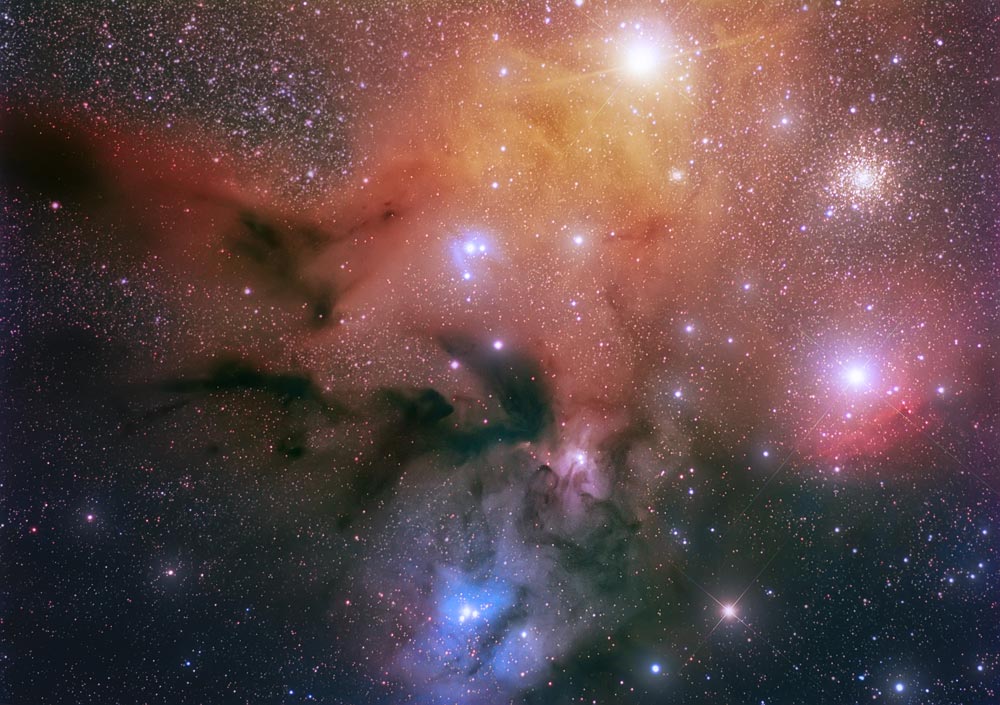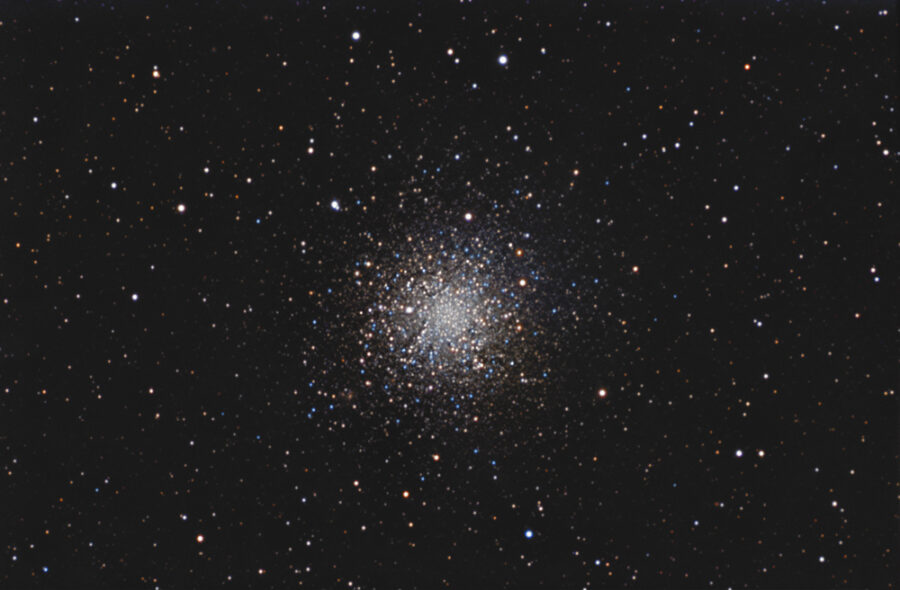Summer Insomnia – Sky & Telescope

Ezequiel Etcheverry / S&T Online Photo Gallery
Not long ago, I was working with a client on a blog post about summer insomnia — specifically about how the longer daylight hours, warmer weather, and increased outdoor activities and socializing can have a negative impact on sleep.
Oh, you have no idea, I thought to myself as we worked on text about black-out curtains and sleep masks. Not that these aren’t excellent suggestions for getting better seasonal sleep, but summer stargazers often actively fight sleep so we can take advantage of the roughly 27 seconds between sunset and sunrise when the skies are finally dark enough to see anything.
Last year, in the interest of summer stargazing, I conducted a week-long experiment in multiphasic sleep. My idea was that sleeping a few hours here and a few hours there would allow me to stay up longer to peruse Ophiuchus, Sagittarius, and the environs, while still being semi-productive during the day. I figured if I could get enough cumulative sleep during each 24-hour cycle, maybe it wouldn’t matter that I wasn’t sleeping through the night. I could beat summer sleeplessness and still stargaze.
Boy, was I wrong.

Hunter Wilson / S&T Online Photo Gallery
I had it all planned out. I picked a week when I didn’t have any urgent deadlines, and I armed myself with sky charts and digital alarms. I made sure I could keep the bedroom cool with multiple fans — and ice packs, as needed — to encourage daytime rest. I chose a quality sleep mask but had to forgo black-out curtains because our oddly proportioned window defies finding even a ready-made curtain rod, much less specialty shades.
Of course, a three-hour afternoon nap wasn’t easy when I was daydreaming about midnight starry skies and hunting for the Hercules Globular Cluster (M13). But that was okay! Once I headed to bed after an extended stargazing session, my plan included letting myself sleep until I awoke naturally.
In the morning, however, I was reminded that the sky brightens before 5 o’clock here. And not only do I have east-facing windows without blackout curtains, I also have a hangry cat who will bite me awake if he’s not fed on time. I’d overlooked the fact that I seem to be genetically coded as an early riser; “sleeping in” rarely extends beyond 8 a.m., and even that can leave me feeling like a slug for the rest of the day.
That first stargazing session on a multiphasic sleep schedule was full of promise, but my grand experiment was doomed. After a handful of days, I was barely able to function. I was a lurching, grunting zombie during daylight hours, unable to think straight or communicate clearly, and I felt like a lightly inebriated sloth when I headed outside after dark.
Because I can’t leave well enough alone, I carried out another brief experiment this year. I set alarms for 3:45 a.m. on consecutive nights to go stand in the empty road in my pajamas with a pair of binoculars to take in the morning’s planetary parade. The first night was cloudy. But the second night, the coyotes were quiet and there were no marauding raccoons in sight. There was the thrum of trucks on the nearby highway, but otherwise the night was still, and it was mine. Time stopped and I forgot about the blistering heat of the day as I gazed up at Saturn, Jupiter, and Mars. I played with trying to find Uranus, and I spent some time with the Pleiades peeking out from behind the neighbor’s tree. This was the magic I was seeking.
And then, basking in starglow, I couldn’t for the life of me get back to sleep. I was dragging pretty hard by the following afternoon, and my sleep debt only accumulated from there.
You know what? I surrender. Summer insomnia has bested me.
I’m not giving up on summer stargazing, but I have scaled back my expectations. It made me sad at first to resign myself to not being able to take full advantage of seasonal sensations like the Butterfly Cluster, the Ring Nebula, and the red supergiant Antares — one of my favorites. I might try a little harder to get out to an informal star party, though pandemic precautions and accommodating my own needs can make this tricky.
Then I remembered I can catch Scorpius just as easily — perhaps more so — at 3 a.m. in late April, when the nights are at least a little longer and darker than July and August, and much cooler as well. Maybe next year I’ll conduct an experiment in becoming fully nocturnal, and then I’ll complain about spring insomnia, too.

Advertisement
Read More: Summer Insomnia - Sky & Telescope

